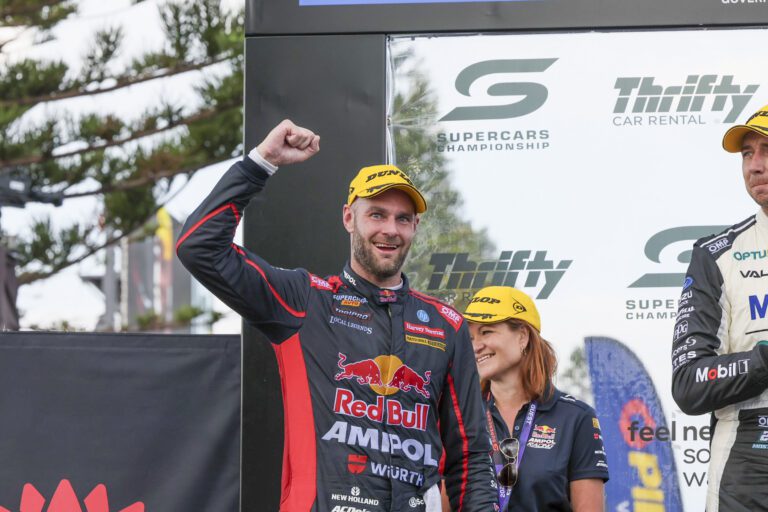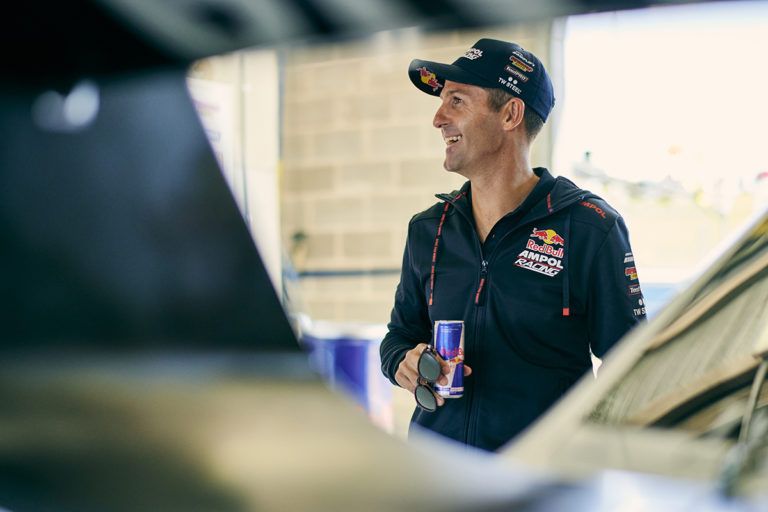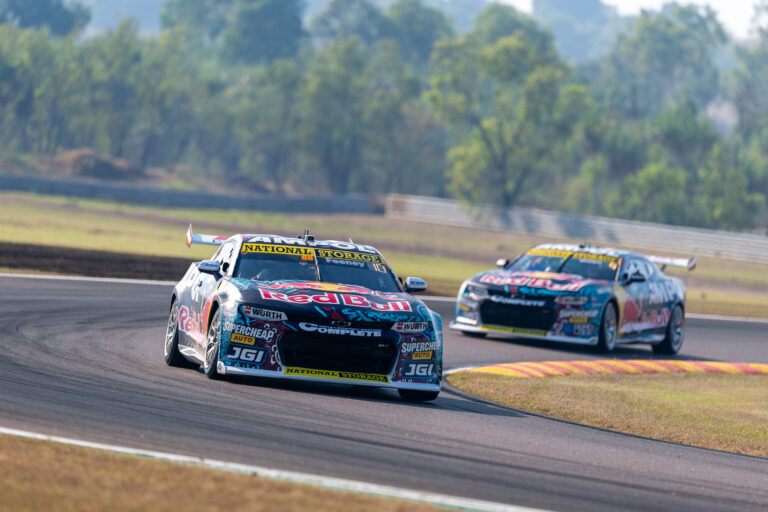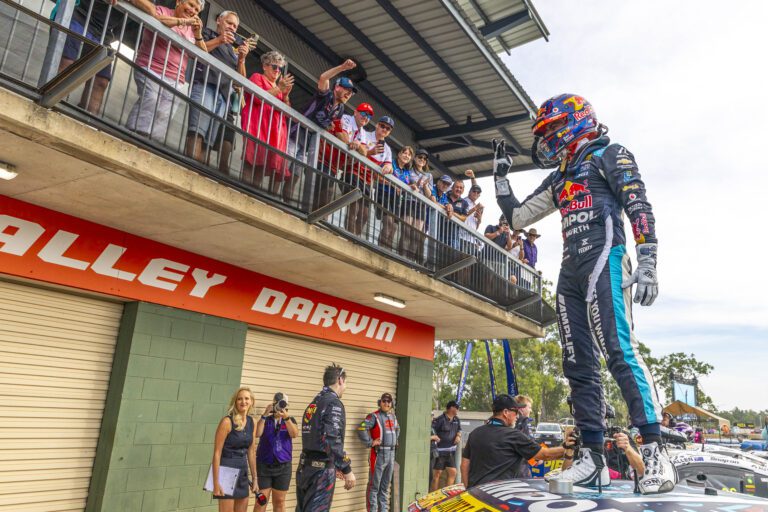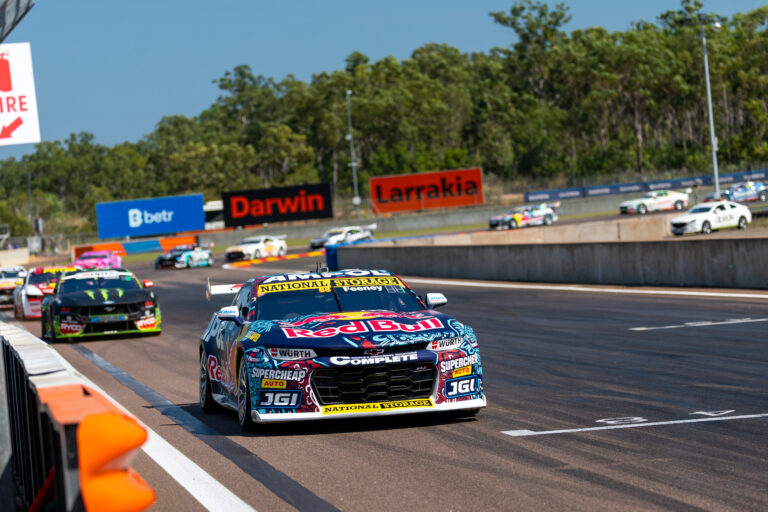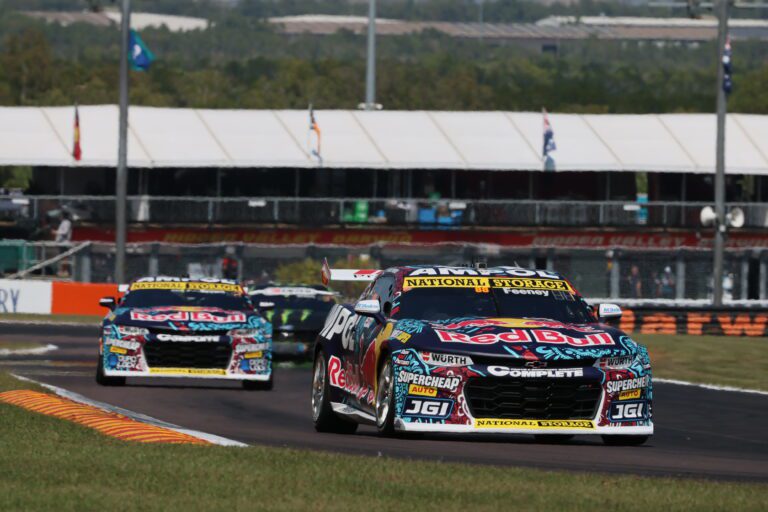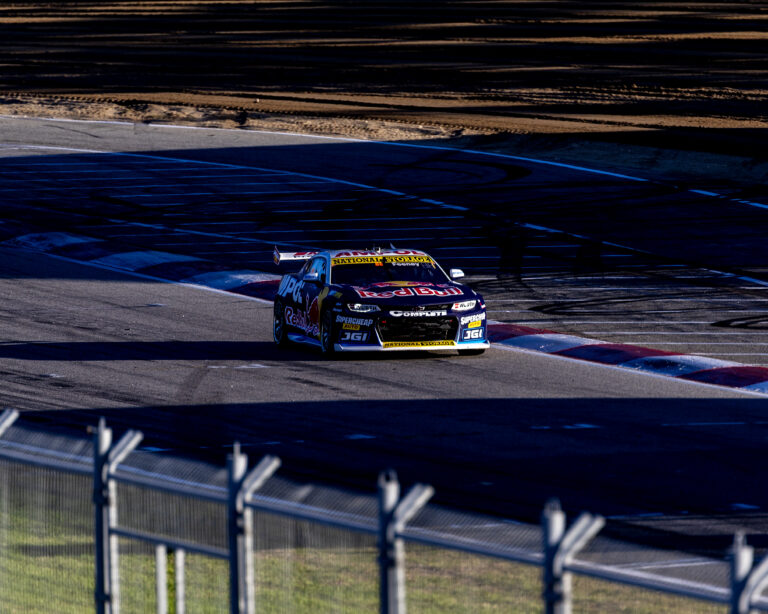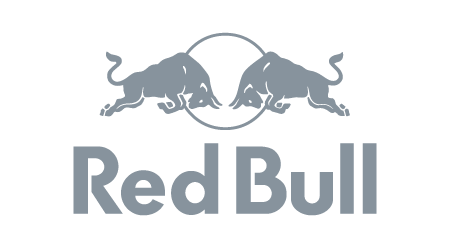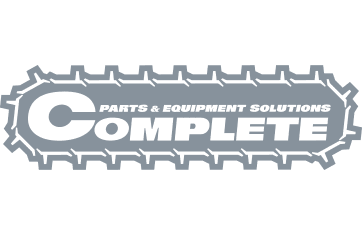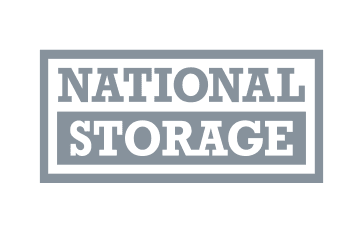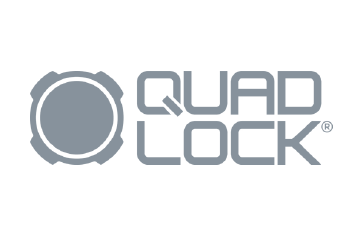Well, you’re now clued up on how to become an engineer (if you missed it, read it here) so now let’s delve a little deeper into the Red Bull Racing Australia team and look at a role that may not immediately spring to mind – the team’s medical man.
He’s been on the circuit a while now, so you may have seen Chris Brady lurking around the garage or rushing Jamie from the transporter to the car 30 seconds before pit exit opens. A sports physiotherapist by trade, he’ll be the first to tell you that his role extends far beyond tweaking the drivers…
Qualifications
At the ripe old age of… just kidding, we wouldn’t do that to you Brades. But the point is that back when he was studying, the only subject needed to become a physio was physics. Today the avenues in are much broader with a good grounding in English, maths, sciences, health and physical education being the places to start.
“I did two maths, physics, chemistry, English and French,” says Brady, though he admits the last was primarily to impress the girls.
“I did those subjects with the intention of becoming an engineer and then I broke my arm in Grade 12. I met a physio and I thought ‘engineers don’t talk to people and physios do talk to people and I talk lots, so I probably should become a physio’. So I changed my tertiary entrance plans and thought well if I just get in – at the time it was hard to get into physio – it’s a sign that I’m destined to be a physio.”
And the rest is history, as they say.
In terms of gaining the necessary qualifications to break into the motorsport side of physiotherapy though, hopefuls will generally need to study full time at university for a Bachelor of Physiotherapy, then complete a Masters in Sports Physiotherapy.
Experience
When not at the race track, Brady runs the Queensland Sports Medicine Centre (QSMC) in Brisbane with a fantastic team around him. Though he admits that “doing work experience while studying wasn’t a huge thing that one necessarily did in my era”, experience is undoubtedly a key factor when hiring.
“Nowadays, almost always people need experience while studying,” he says, along with a willingness to work hard. “The moment that I got out of uni I just started working. I first of all got a job in a hospital, but then I got a private practice job in the evenings so that I worked two jobs.”
However, individual characteristics are just as important according to Brady. And we’re talking more than just personal hygiene!
“We think you can teach people almost anything academic, but you can’t teach someone the ability to care for people and be really interested in helping people get the best out of themselves. It’s just inherent, people are born that way, or they’re brought up that way by their parents.”
That’s more of the individual side of it. What about when it comes to working in a team? After all, teamwork is the key to a successful race team.
“The ability to look at things with an open mind and a willingness to learn are fundamental to a role like mine,” he says.
“You’re working with a driver to get their body better in terms of physical rehabilitation and fitness, but then you’re also working with an engineering programme to do with how a car seat might be designed or how a pedal box might be placed and all kinds of issues to do with that, let alone to do with the safety component, which I think has changed enormously over the last decade.
“I kind of see my role, to some degree, to try and be the best physio that I can be, but to be able to understand my limitations and know when to outsource something.”
Getting a job
Landing a job in V8 Supercars for Brady was a case of the pieces slotting together through people in the sport he’d happened to meet along the physio road back in the ‘90s.
“At the time, I was working with an Olympic sport and didn’t have the time, but after the Sydney Olympics I was interested in doing some different things so I started working with a Ford team who’d asked me before.”
From there he worked with all the Ford drivers and that’s how he came across Craig, former Triple Eight driver Steve Ellery and of course Roland, who was still the relative new (slightly grey and balding) kid on the block back then, and who asked Brady to join the team at every event year-round.
“I was embarrassed that I had absolutely no idea about anything to do with motorsport and RD said ‘we don’t need you for what you know about motorsport, we need you for what you know about people’.”
Off the back of his lack of knowledge, Brady recommends that anyone looking to work in medical side of motorsport should “start early. I think we can build people who are much, much better at medicine in motorsport than I am and the way to do it would be to understand motorsport earlier.
“You’ve got to totally understand it, but understand that you’re only involved in it because you want to help make it better. So learn motorsport, then learn medicine in whatever aspect that it might be.
“It isn’t a sport about how big your heart and lungs are, or how strong you are. It’s a sport about coordination and the will to win, so a key aspect is the ability to help the whole team, not just the drivers, get into the right frame of mind, as well as body, at the right time to optimise those factors.”
Pearls of wisdom
“Be nice to your mother.”
Well said!

